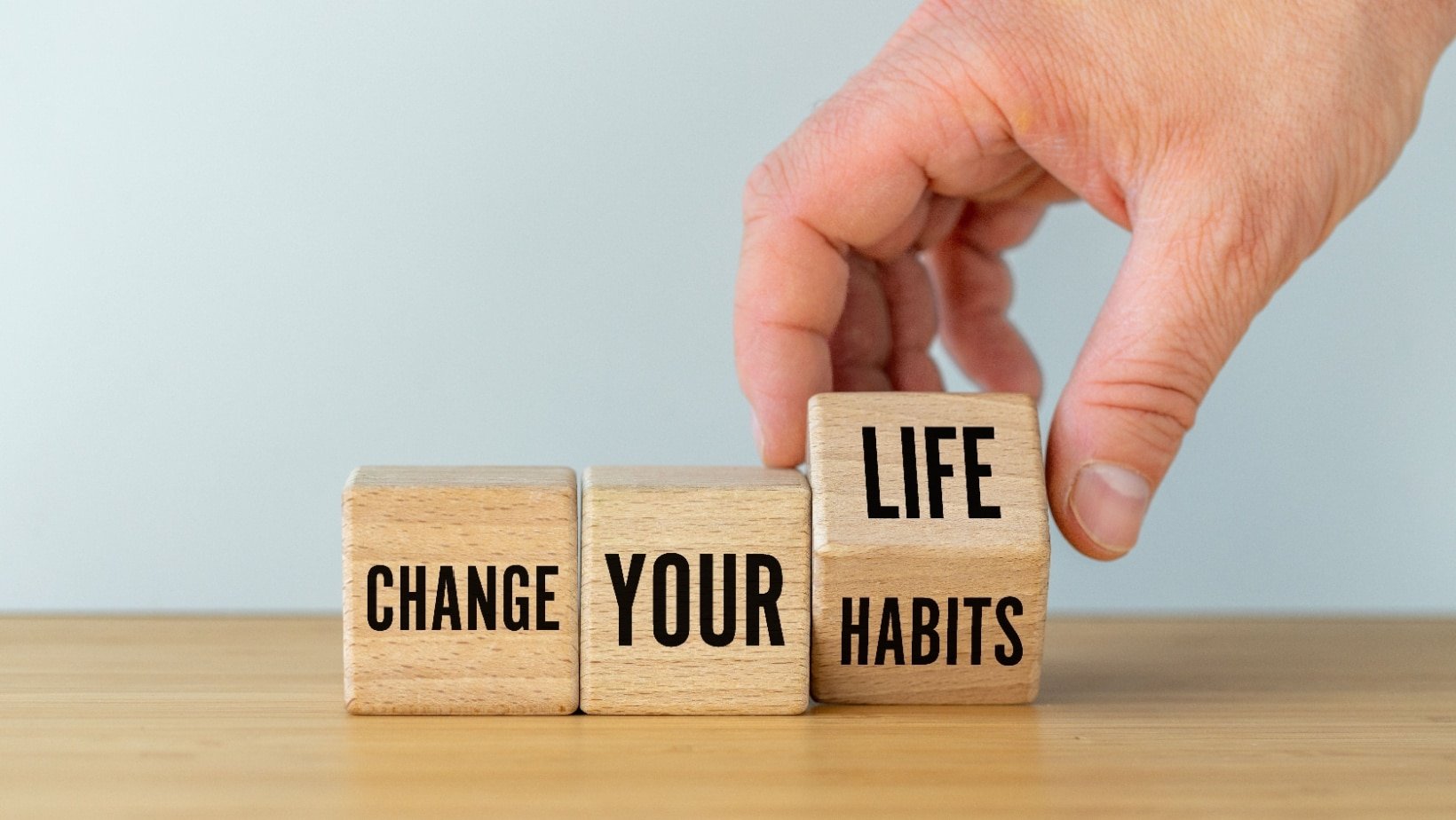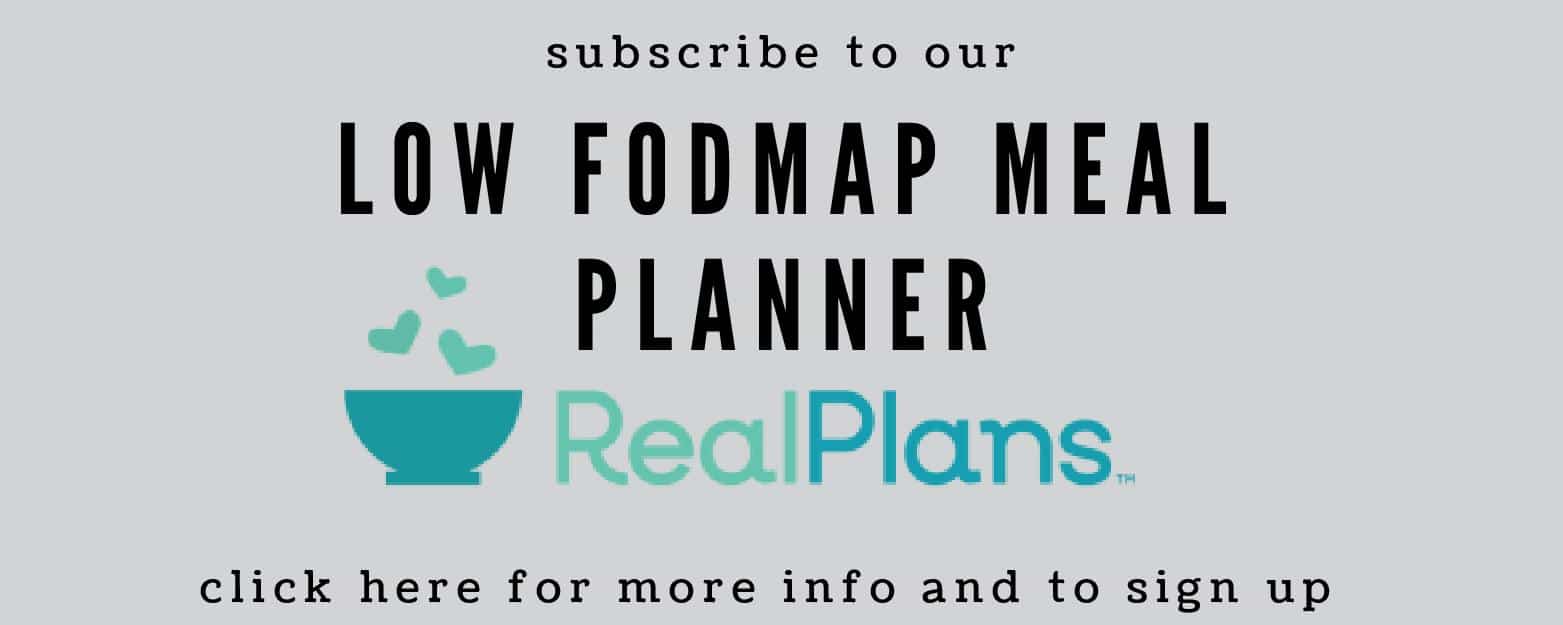Hitting your 40s often marks a turning point in how we view health, appearance, and overall well-being. It’s a decade where the body and mind respond more noticeably to daily habits that may have gone unchecked in your 20s and 30s. While it’s certainly not a time to panic, it is the right time to reassess. Small, intentional changes can pave the way for a healthier, more graceful aging process.
This article explores behaviors that could be working against you as you age. These are common practices that many people overlook or underestimate. If you want to age longer and better, these are 13 habits worth reconsidering in your 40s.
Eating Like You’re Still in Your 20s

Your metabolism slows down in your 40s, meaning your body processes calories differently than it used to. Eating the same quantities and types of food without adjusting can lead to gradual weight gain and elevated cholesterol or blood sugar levels.
This is a critical time to focus on nutrient-dense foods. Prioritize lean protein, fiber-rich vegetables, healthy fats, and whole grains. Reducing processed foods and sugar can also help mitigate inflammation and support steady energy levels. Your dietary choices now can either prevent or invite future chronic conditions.
Neglecting Strength Training

Muscle mass naturally declines with age, beginning as early as your 30s. Research has shown that adults can lose 3 to 8 percent of muscle mass per decade after age 30. This process, called sarcopenia, accelerates with inactivity. If you don’t strength train by your 40s, you increase your risk for weakness, poor balance, and metabolic issues later.
Adding just two sessions of resistance training each week can help preserve lean muscle, improve bone density, and even boost mental health. Simple bodyweight exercises like squats, lunges, and push-ups are highly effective. The goal isn’t to bulk up, but to maintain function and vitality as your body changes.
Ignoring Sleep Quality

Sleep affects more than just energy levels; it impacts every system in your body. In your 40s, poor sleep habits can accelerate aging at the cellular level. Chronic poor sleep is also linked to cognitive decline, weight gain, and increased risk of heart disease.
This is the decade to take sleep hygiene seriously. That means reducing screen time before bed, keeping your sleep schedule consistent, and making your bedroom a quiet, cool place to rest.
Dismissing Your Mental Health

By your 40s, career pressures, family responsibilities, and health concerns can pile up. Ignoring the emotional toll can manifest physically. According to the World Health Organization, chronic stress and anxiety are closely linked to increased inflammation and can worsen conditions like hypertension and diabetes.
If you haven’t already, this is the time to normalize therapy, mindfulness practices, or regular mental health check-ins. Emotional resilience in midlife contributes to longevity and a higher quality of life in later years.
Skipping Annual Check-Ups

Many people skip doctor visits if they feel fine, but in your 40s, preventative healthcare becomes increasingly essential. Conditions like high blood pressure, high cholesterol, and prediabetes often have no symptoms in the early stages but can cause significant damage over time.
Getting routine blood work, cancer screenings, and other age-appropriate evaluations can catch problems early. Investing a couple of hours annually for check-ups is one of the simplest ways to age smarter.
Staying Sedentary for Hours

Extended periods of sitting, whether for work or leisure, have been dubbed “the new smoking” by health experts. Prolonged inactivity is linked to cardiovascular disease, type 2 diabetes, and even early mortality. In your 40s, the cumulative effects of a sedentary lifestyle become harder to ignore.
Set reminders to stand, stretch, or walk every hour, especially during workdays. Incorporate movement into daily routines: take stairs, walk during calls, or use a standing desk. Even light activity can help regulate blood sugar, improve circulation, and enhance mood as you navigate the physical changes of this decade.
Overlooking Bone Health

Bone density peaks in your 30s and begins to decline thereafter, increasing the risk of fractures later in life. Osteoporosis is often called the “silent disease” because it progresses without symptoms until a break occurs. According to The Bone Health and Osteoporosis Foundation, one in two women over 50 will break a bone due to osteoporosis.
Start supporting bone health with weight-bearing exercises like walking, jogging, or dancing. Ensure you get adequate calcium and vitamin D through diet or supplements. Preventing bone loss in your 40s gives you a stronger foundation for your 50s and beyond.
Comparing Yourself to Others

Midlife can trigger insecurities about appearance, accomplishments, or aging. But social comparison, especially on platforms like Instagram or Facebook, can erode self-esteem and increase anxiety.
Your 40s are a time to redefine success on your own terms. Focus on your health, relationships, and goals, not someone else’s highlight reel. Letting go of constant comparisons can reduce stress and help you age with confidence and clarity.
Neglecting Hydration

As we age, our sensation of thirst naturally declines, which can lead to chronic dehydration. This affects joint lubrication, skin elasticity, digestion, and kidney function. Make it a habit to drink water throughout the day rather than waiting until you feel thirsty.
Limiting caffeine and alcohol also helps. Staying hydrated supports nearly every system in your body and contributes to more radiant skin, sharper focus, and better joint health.
Avoiding Tech Tools for Health

Wearables and health apps aren’t just for the younger crowd. Your 40s are the perfect time to leverage technology to monitor sleep, track steps, measure heart rate variability, and more. Embrace digital health tools that can offer reminders, insights, and data to help you stay accountable.
Smart technology can act as your early warning system, keeping you ahead of issues before they spiral. Aging gracefully means working smarter, and tech can help you do just that.
Letting Go of Friendships

Social ties often thin out during midlife due to career demands, parenting, or relocations. But neglecting friendships has health consequences. A landmark study by Harvard spanning over 80 years found that close relationships are a key factor in long-term happiness and health even more than genetics or IQ.
Make the effort to reconnect or maintain your circle. Whether it’s a monthly dinner, phone check-in, or shared activity, strong social bonds offer emotional support and reduce the risk of cognitive decline, depression, and loneliness as you age.
Underestimating the Power of Posture

Poor posture can lead to a host of issues as your body ages, from chronic back pain to reduced lung capacity. Bad habits like slouching while sitting or hunching over a phone screen may not seem harmful now, but they can affect your mobility and self-confidence over time.
Good posture improves circulation, supports proper alignment, and even enhances mood. Incorporating stretching, core-strengthening exercises, and ergonomic adjustments in your workspace can make a difference. In your 40s, posture is not just about looking confident—it’s about aging with strength and grace.
Pushing Through Pain

It’s easy to ignore aches and pains in youth. But in your 40s, that “no pain, no gain” mindset can lead to long-term injury. Small issues like joint stiffness or persistent soreness could be early signs of something more serious, such as arthritis or chronic inflammation.
Instead of brushing off discomfort, see a medical professional or physical therapist. Early intervention often means easier treatment and better outcomes. Listening to your body and responding appropriately is a cornerstone of aging well.
Disclaimer – This list is solely the author’s opinion based on research and publicly available information. It is not intended to be professional advice.
How Total Beginners Are Building Wealth Fast in 2025—No Experience Needed

How Total Beginners Are Building Wealth Fast in 2025
I used to think investing was something you did after you were already rich. Like, you needed $10,000 in a suit pocket and a guy named Chad at some fancy firm who knew how to “diversify your portfolio.” Meanwhile, I was just trying to figure out how to stretch $43 to payday.
But a lot has changed. And fast. In 2025, building wealth doesn’t require a finance degree—or even a lot of money. The tools are simpler. The entry points are lower. And believe it or not, total beginners are stacking wins just by starting small and staying consistent.
Click here and let’s break down how.
5 Easy Steps to Change Any Habit

5 Easy Steps to Change Any Habit
We all click on them with the hope that just THIS time the secret to changing a bad habit or adopting a healthy one will be revealed and we’ll finally be able to stick to that diet, stop that one or ten things that might in the moment make us feel temporarily good but really just make us fat, unhealthy, sad, mad or just frustrated with ourselves.




